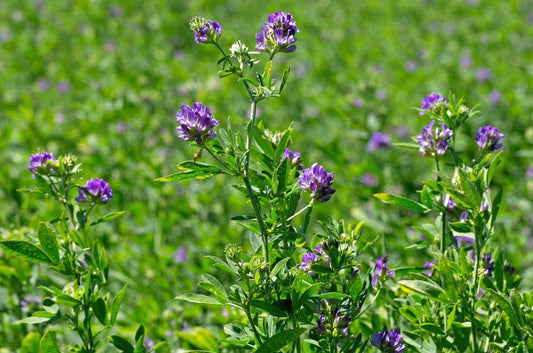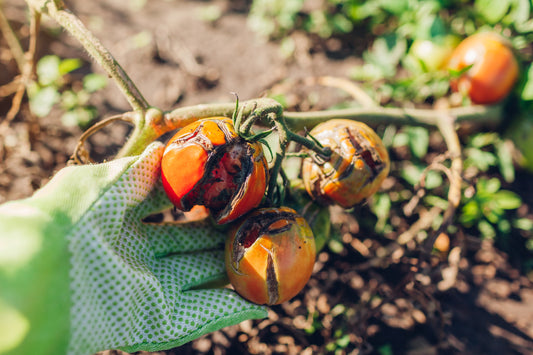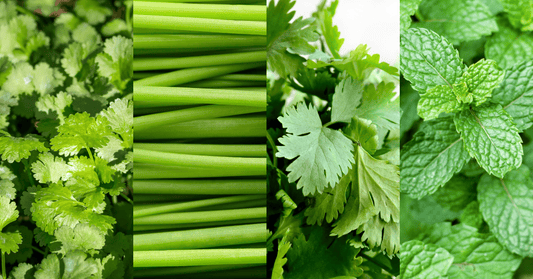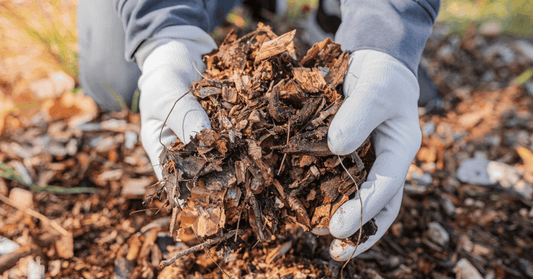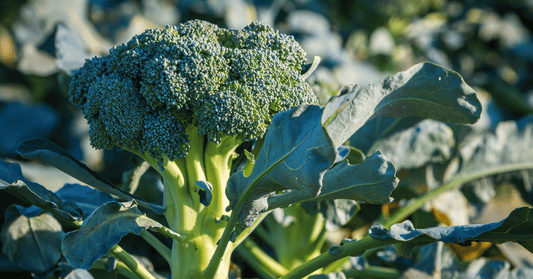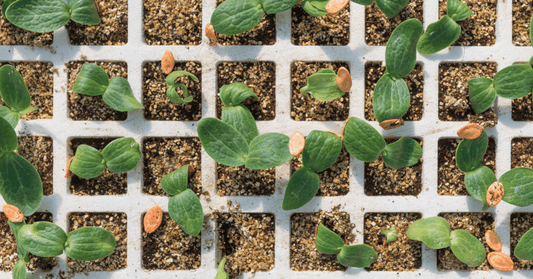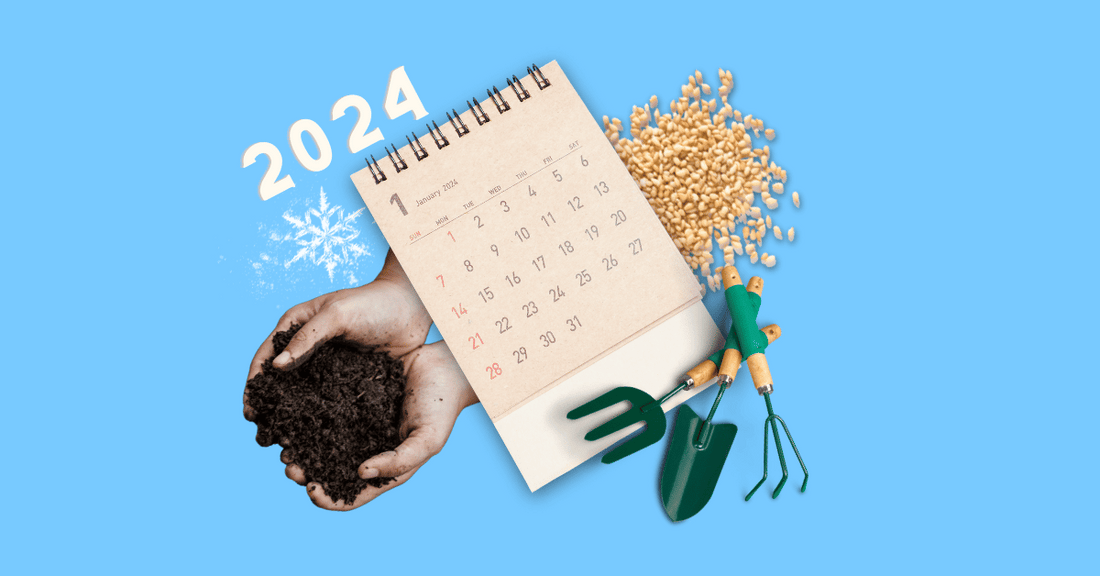
Winter Gardening Calendar: Your Month-by-Month Guide for Organic Garden Care
As the frosty embrace of winter sets in, many gardeners often believe their green thumbs must go into hibernation until spring. However, for organic gardeners, winter offers a unique opportunity to nurture and prepare the soil, plan for the upcoming growing season, and take proactive steps to ensure a thriving garden in the warmer months ahead. Embracing the dormant season can lead to a bountiful and healthy garden that bursts into life when the snow melts away.
Here's a comprehensive month-by-month guide for organic gardeners to maximize the potential of their gardens during the winter:
December
Tasks:
- Garden Cleanup: Remove dead plants, fallen leaves, and debris to prevent diseases and pests from overwintering.
- Mulching: Apply a thick layer of organic mulch to protect soil structure and provide insulation to roots.
- Tool Maintenance: Clean and sharpen garden tools for the upcoming season.
Planting Schedule:
- Cover Crops: Sow cover crops like winter rye, clover, or hairy vetch to enrich the soil with nutrients and prevent erosion.
- Cold-hardy Vegetables: Plant cold-tolerant crops such as spinach, kale, and winter lettuce in protected areas or cold frames.
January
Tasks:
- Soil Testing: Check soil pH and nutrient levels to determine necessary amendments.
- Composting: Continue adding kitchen scraps and yard waste to compost bins for nutrient-rich soil in the spring.
- Pruning: Trim dormant fruit trees and shrubs for better growth in the upcoming season.
Planting Schedule:
- Indoor Seeds: Start seeds indoors for warm-season plants like tomatoes, peppers, and eggplants.
- Perennial Divisions: Divide and transplant perennial herbs like mint or chives.
February
Tasks:
- Plan Garden Layout: Sketch garden layouts, crop rotations, and make seed orders for the year ahead.
- Cold Frame Maintenance: Check on cold frames or greenhouse structures; repair or upgrade as needed.
- Indoor Plant Care: Rotate indoor plants for even growth and monitor for pests or diseases.
Planting Schedule:
- Early Seeds: Sow early seeds indoors for cool-season vegetables such as broccoli, cauliflower, and Brussels sprouts.
- Bare-root Planting: If weather permits, plant bare-root fruit trees or shrubs before spring growth begins.
March
Tasks:
- Prepare Beds: Begin prepping outdoor garden beds by loosening soil and adding compost or organic fertilizers.
- Frost Protection: Keep an eye on weather forecasts and protect early sprouts from late frosts with row covers or cloches.
- Tool Check: Ensure all necessary gardening tools are in good condition for the upcoming busy season.
Planting Schedule:
- Direct Sowing: Plant cool-season crops directly in the ground, such as peas, carrots, and radishes.
- Transplant Seedlings: Transplant indoor seedlings into larger containers as they grow.
April
Tasks:
- Weed Control: Stay vigilant with weed removal to prevent competition for nutrients and space.
-
- Pest Monitoring: Keep an eye out for early signs of pests and employ organic control methods if necessary.
Planting Schedule:
- Warm-Season Seeds: Sow warm-season crops like beans, cucumbers, and squash directly into prepared garden beds.
- Hardening Off: Gradually acclimate indoor seedlings to outdoor conditions before transplanting.
May
Tasks:
- Support Structures: Install trellises or stakes for plants that require support, such as tomatoes or climbing peas.
- Fertilization: Apply organic fertilizers or our natural alternative to fertilizer EM® Bokashi as needed, following package instructions or soil test recommendations.
- Disease Prevention: Apply organic fungicides preventatively if conditions are conducive to fungal diseases.
Planting Schedule:
- Transplanting: Gradually transplant hardened-off seedlings into garden beds, maintaining spacing recommendations.
- Succession Planting: Sow additional batches of quick-maturing crops like lettuce or radishes for continuous harvests.
Conclusion
Embracing a proactive approach to winter gardening provides organic gardeners with a head start for the upcoming growing season. By nurturing the soil, planning meticulously, and staying attuned to plant needs, a vibrant and healthy garden can thrive. Remember, gardening is a continual learning experience, and each year brings new lessons and joys. With dedication and care, the winter months can be a time of preparation that sets the stage for a flourishing organic garden in the warmer seasons ahead.
